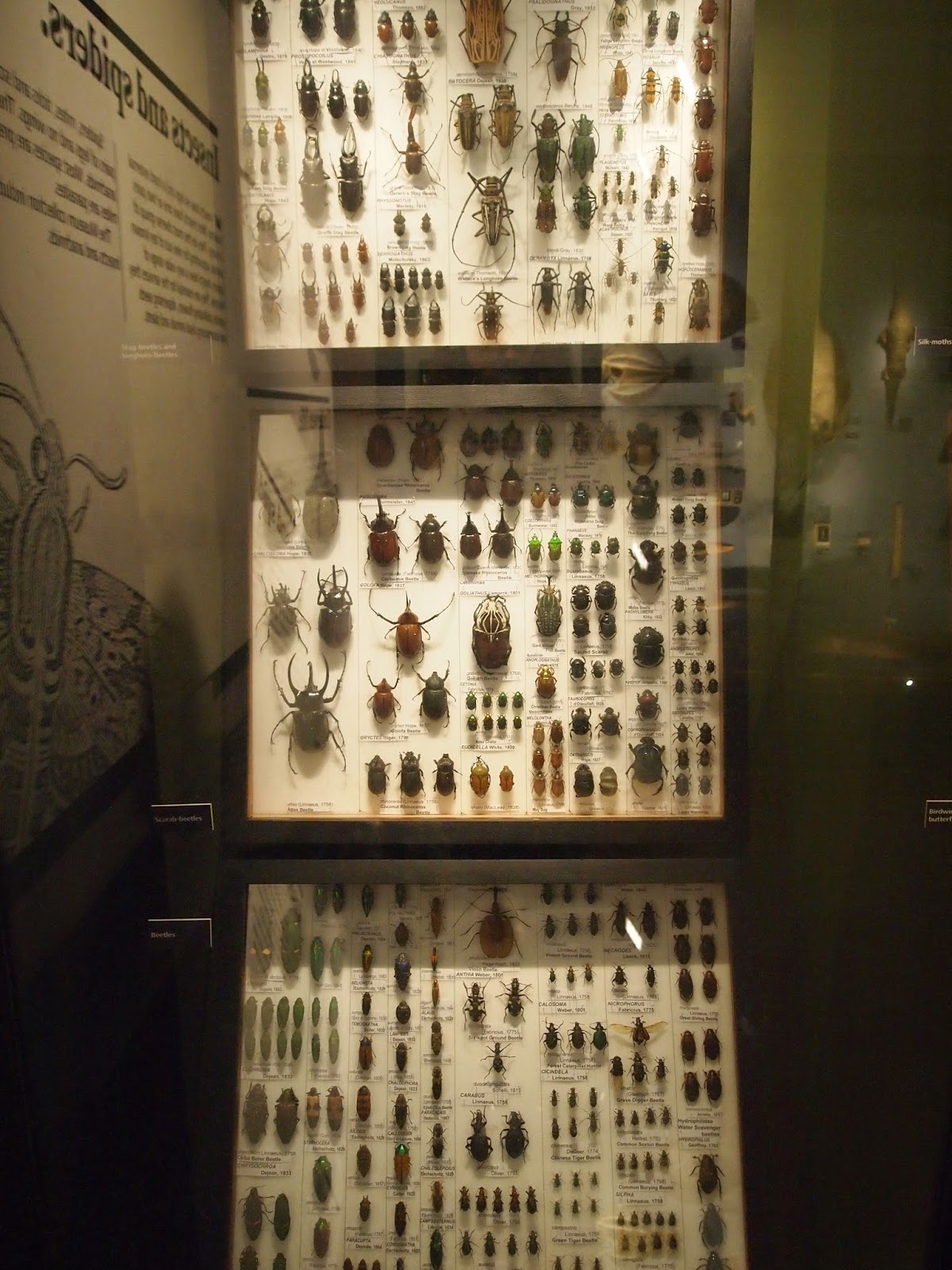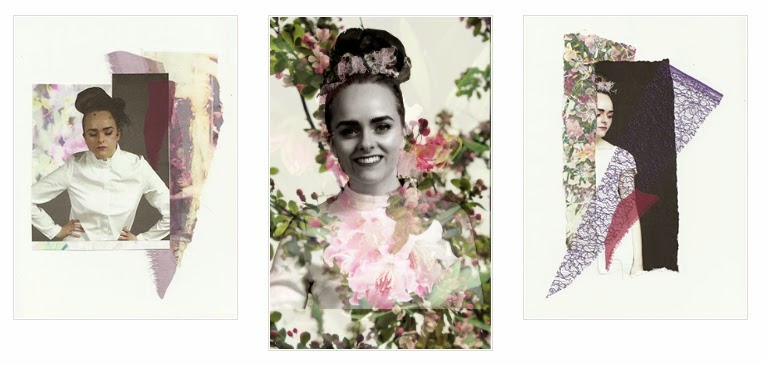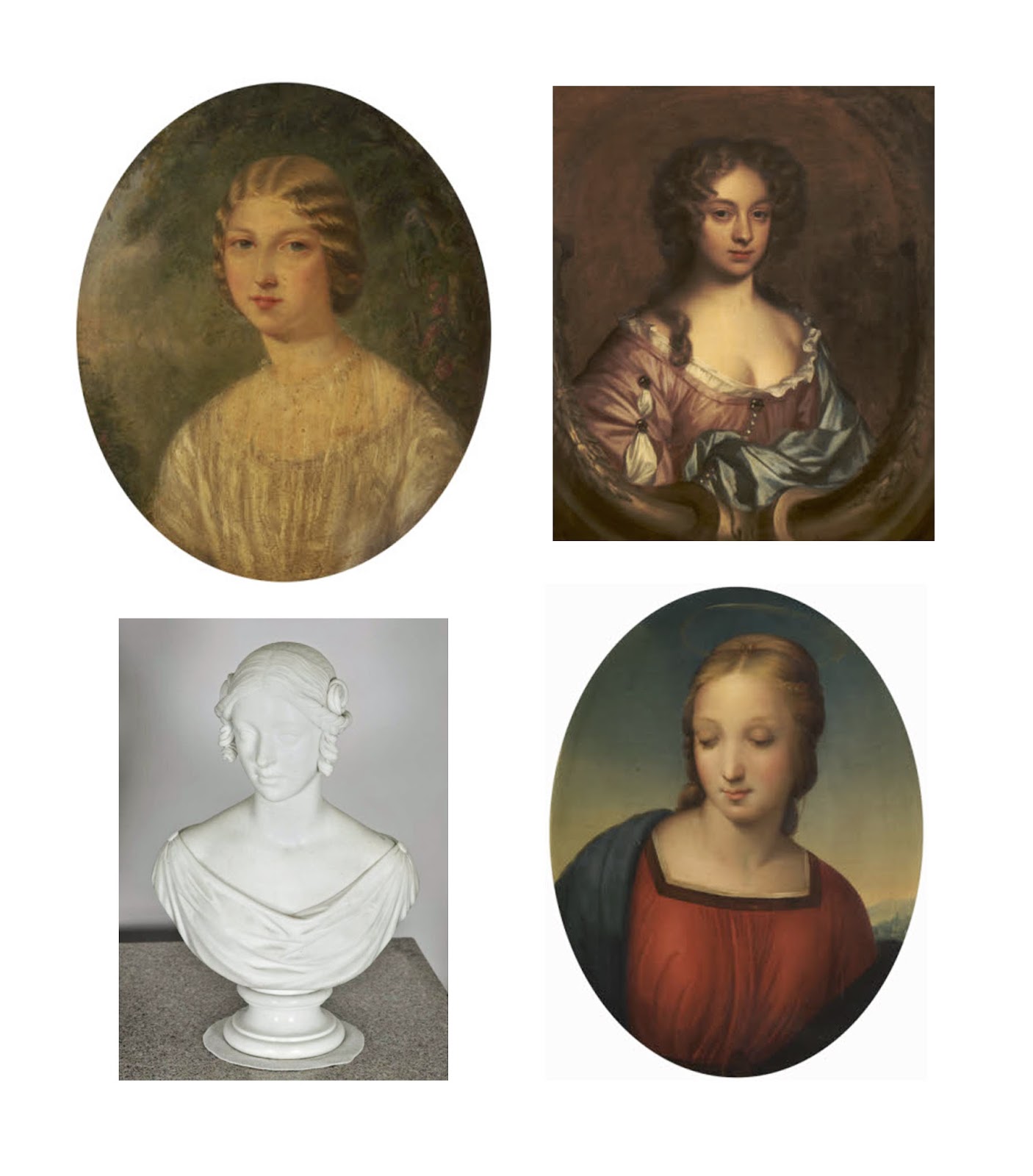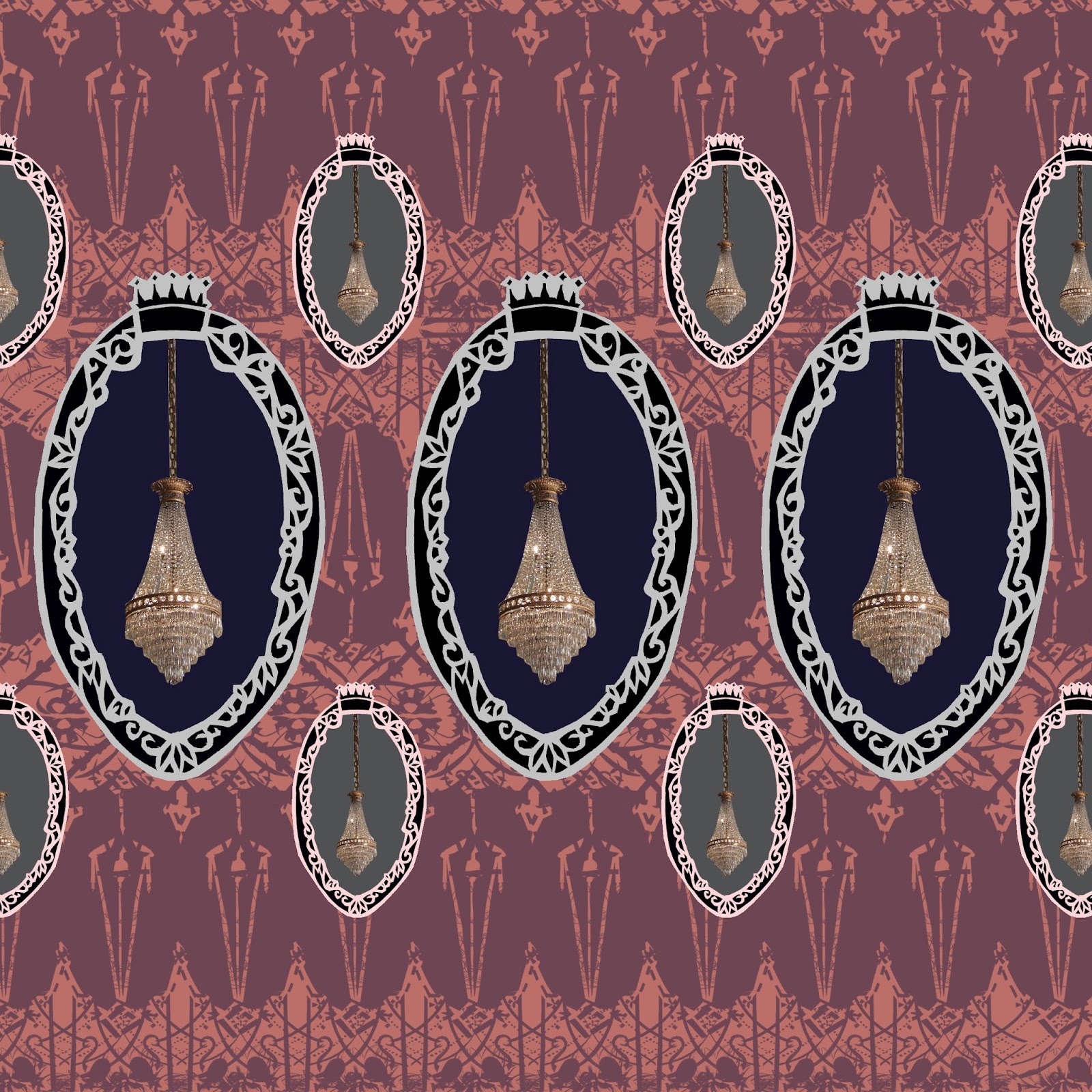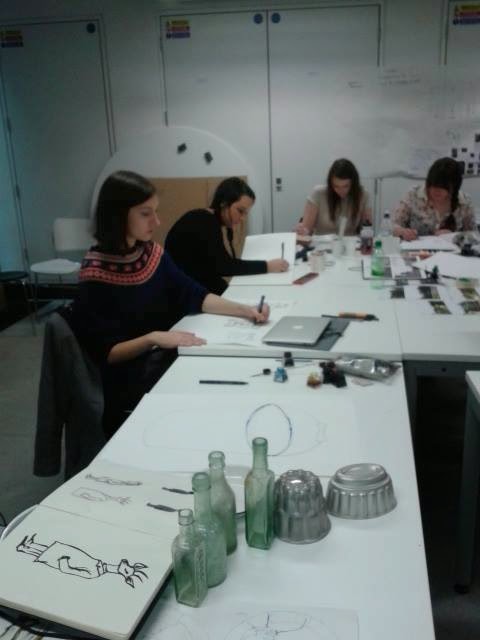This project has opened my eyes to a world of opportunities
and has led me to realise that as a freelancer the possibilities can be endless
if you are open to working with other people. Before this project I would never
have thought of putting my prints onto ceramics, and I feel I have learnt more
about 3D design in general, which has led me to think about how my practice
fits into the wider commercial design world, and considering my work outside of
the confines of fashion print.
I have also discovered that varying my working routine can
benefit my final product, as although it is good to have a method that works I
have realised that it is also important to work in a way that suits the project
– for instance, I usually stick to research, drawing, then printmaking, but in
this project I started doing printmaking earlier on in the process, and then
went back and did more drawing and research, which led to a more considered
final product. Having never worked on such a large scale before, it was a steep
learning curve understanding how my seemingly tiny prints on a computer screen
would look printed full size.
I really tried to fully immerse myself in the project, as I
really wanted to design a strong response to the client brief. I feel I engaged
very well with my theme mainly because I did plenty of research throughout the
project, so I had plenty to work from. I thoroughly enjoyed the workshop
activities, as it was a great reflection on the world of networking, and the
fact I got plenty of feedback from potential collaborators shows I was able to
sell my ideas well. I found the mixing and changing of the tutorial groups
really beneficial, as you got the input of a wider range of people, and I felt
I had plenty of comments to offer in the early project stages. Even though I
didn’t collaborate with anyone on the end product, I felt I always had a strong
team of people around me that were involved in every stage of the design
process. I was quick to offer others my knowledge, such as helping Eden with
Photoshop and discussing our InDesign woes, and comparing ideas with Julia, but
I also benefitted from group collaboration, such as the drawing workshop.
I think overall I made good choices when it came to my final
designs; I thought hard about print placement and considered where to place
images so that they were the right way up when the scarf is worn, and
understood that product research was key in helping me understand this. I also
think the choice to combine photographs and drawings worked really well,
particularly in my illustrated visualisations, as it immediately gave the
viewer a feel for the theme. I was pleased with the fabric choice, but I feel I
should have done more fabric testing to prevent the colours coming out wrong in
my digital prints. I also should have taken into consideration the open weave of
the cotton voile and therefore avoided finer line that is easily lost.



I think I could improve upon my attention to detail within
my design work, which was sometimes lacking – having never designed on such a
large scale before, I didn’t quite realise how much a small mistake would be
magnified on the final product. I would also like to improve upon my InDesign
skills, as I attempted to create a publication but in the timescale it was too
much work to do at once, so I ended up having to drop it.
Creating a coherent collection that reflected my aim to
create my own baroque patterns using ambiguous objects inspired by the National
Trust, was as important to me as making a saleable end product. I have
discovered that I really enjoy combining unexpected items and motifs into
historically inspired patterns, and this is a theme I would like to continue in
future work. My other key motivation in this project was to create a product
that was market ready, as I wanted to prove to myself that being a freelance
print designer could be a viable option when I leave university. Thinking about
the branding for example, has made me think about the product as a whole and
has made me realise that I could actually see myself having my own brand in the
future.











